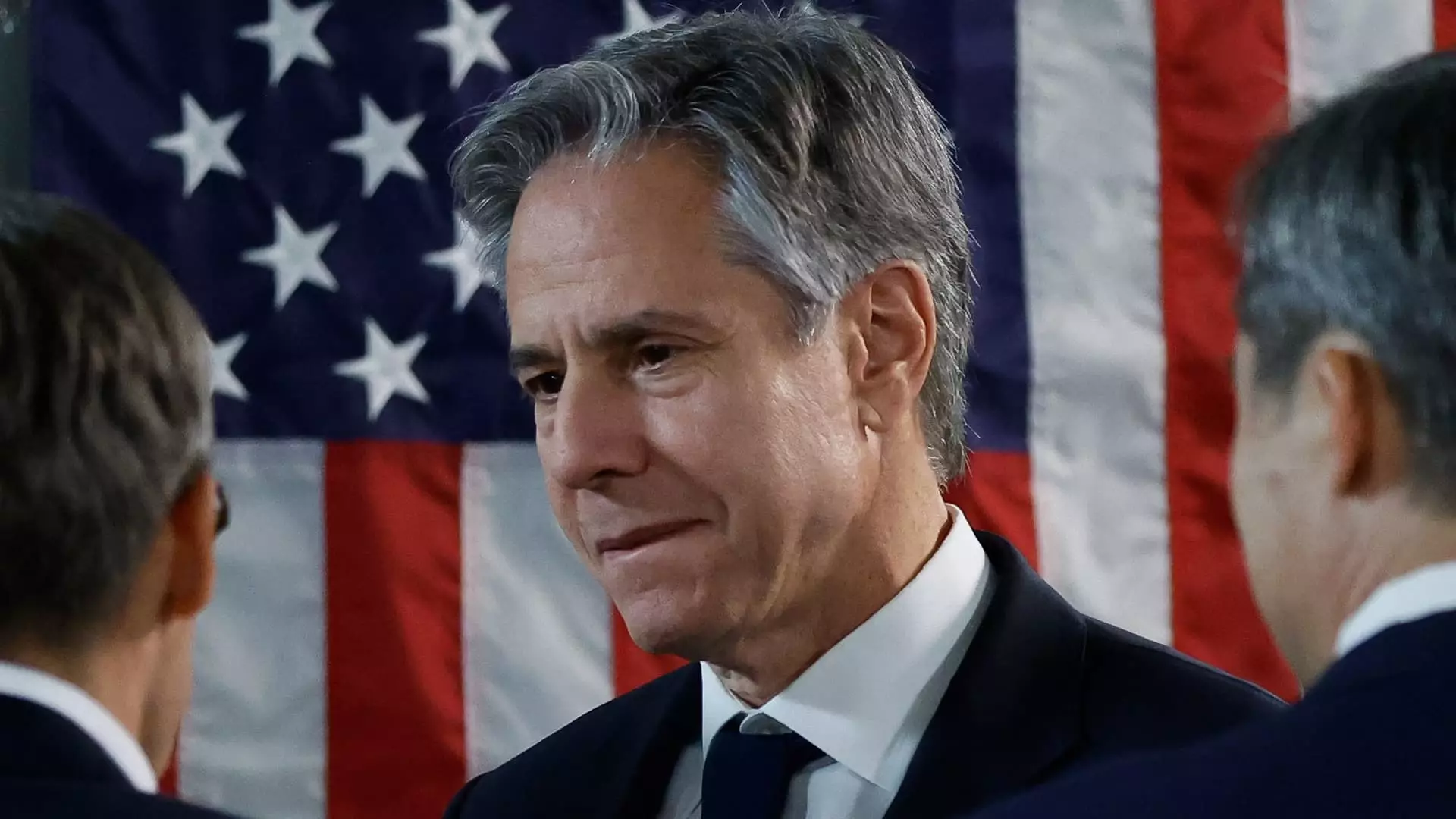The U.S. Secretary of State, Antony Blinken, is scheduled to arrive in Israel on Sunday as part of a significant diplomatic effort to bring about a ceasefire in Gaza and put an end to the long-standing conflict between Israel and Hamas. This visit marks Blinken’s tenth trip to the region since the conflict began in October last year. The United States, along with mediators Qatar and Egypt, have put forward proposals aimed at bridging the gaps between the two warring parties in hopes of reaching a deal.
Bridging the Divides for a Potential Deal
U.S. officials have expressed optimism regarding the progress made in the negotiations and believe that a deal is within reach. However, they also acknowledge that there is still work to be done to finalize the agreement. According to a senior Biden administration official, the remaining gaps have been addressed in a way that paves the way for a deal that is ready to be implemented and pushed forward.
The negotiations for a ceasefire are taking place amidst fears of a potential regional escalation. Iran has issued threats against Israel following the assassination of Hamas leader Ismail Haniyeh in Tehran. The United States has cautioned Iran against taking retaliatory action, emphasizing the catastrophic consequences it could have, especially for Iran itself. In a joint statement, the foreign ministers of the United Kingdom, France, Germany, and Italy have expressed their support for the ongoing ceasefire talks and called on all parties to avoid any actions that could escalate the situation.
Ongoing Talks and Cautious Optimism
Discussions on how to implement the ceasefire deal are expected to continue in the upcoming week, with senior officials planning to reconvene in Cairo to finalize the agreement. Israel’s negotiating team has expressed cautious optimism about the progress made towards a potential deal, while Hamas has accused Israel of introducing new conditions to hinder the negotiations. Despite the hope for a ceasefire, the conflict continues to escalate, with casualties reported on both sides.
The latest round of conflict in the Israeli-Palestinian confrontation has resulted in significant loss of life and destruction. The ongoing war has led to devastating consequences, with hundreds of Palestinians killed and wounded in Israeli strikes. The conflict has left much of Gaza in ruins and has taken a heavy toll on civilians. With both sides continuing to engage in hostilities, the humanitarian crisis in the region only worsens.
Conclusion
As the diplomatic efforts for a ceasefire in Gaza continue, the situation remains highly volatile with the risk of further escalation. The involvement of key international players, such as the United States and European countries, highlights the urgency of reaching a peaceful resolution to the conflict. The visit of U.S. Secretary of State Antony Blinken to Israel underscores the commitment to find a diplomatic solution and bring an end to the violence that has plagued the region for far too long. Only through constructive dialogue and negotiation can a lasting ceasefire be achieved, offering hope for a more stable and secure future for both Israelis and Palestinians.


Leave a Reply